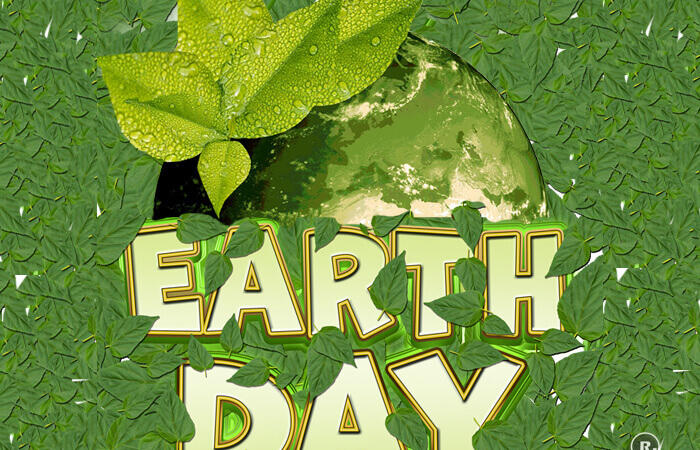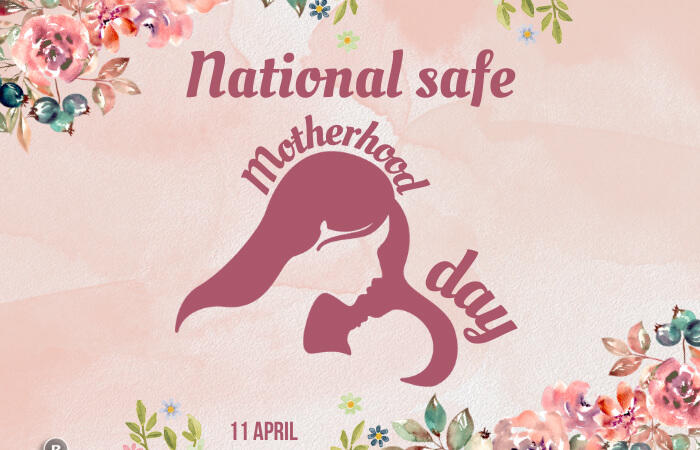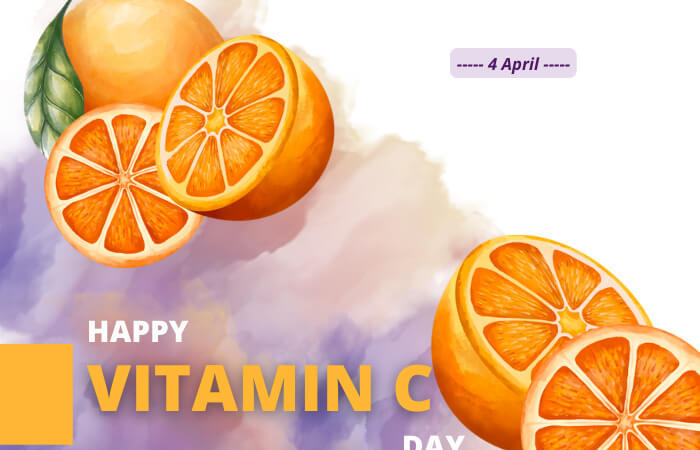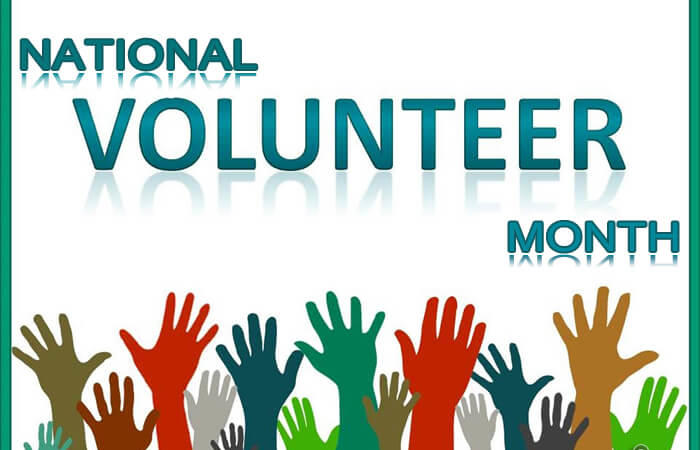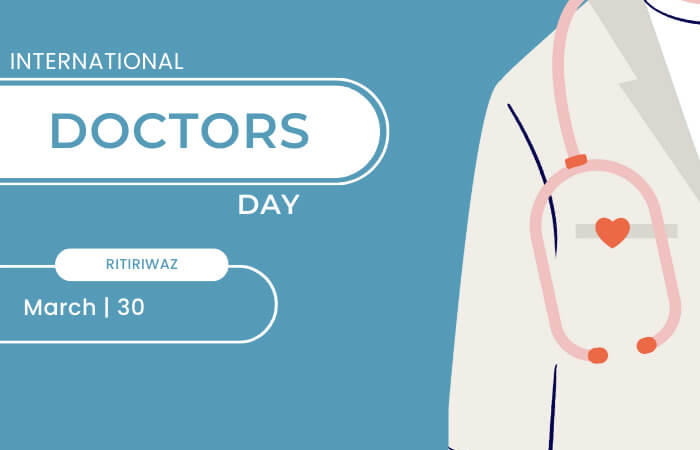International Day of Action for Rivers – 14 March
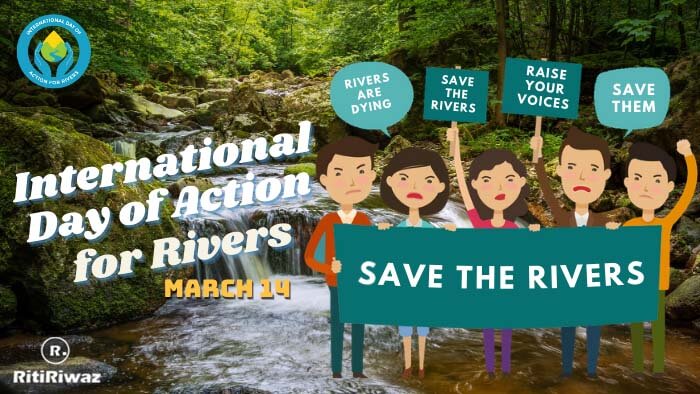
International Day of Action for Rivers celebrates and brings together river restoration and protection initiatives across the world on March 14 every year. Communities across the globe are celebrating their rivers on this day, seeking to educate people about the threats facing our rivers, and learning about better water and energy solutions.
The theme of International Day of Action for Rivers 2023 was “Rights of Rivers.”
The International Day of Action for Rivers ( formerly known as International Day against Dams, for Rivers, Water, and Life) was inspired and mandated by the participants of the First International Meeting of People Affected by Dams that took place in March 1997 in Curitiba, Brazil. The co-founders of the movement are MAB, International Rivers, European Rivers Network (ERN), India’s Save the Narmada Movement (NBA), and Chile’s Biobio Action Group (GABB).
Rivers are the veins of the Planet. They are a vital stage of the water cycle, the nutrient transport that fertilizes our meadows and the sediment transportation that nourishes our beaches. Providing corridors of wilderness for those seeking adventure and the lifeblood of the communities that line their banks. Fee-flowing rivers are as important to mankind as they are to the abundant flora and fauna they support. Despite this, they are the most threatened ecosystems in the World losing species and habitats faster than any other. Dams are the major cause of this damage.
Rivers are an essential part of indigenous peoples’ lives and communities and have been integral to their holistic development. Rivers form part of the territories of many indigenous peoples and serve as good sources of food and water for household and agricultural uses. Rivers also play a major role in the spirituality and belief systems of many indigenous groups.
Large dams built all over the world have become monuments to the mis-development of human societies. Experiences of dam-affected peoples show that large dams have only benefitted a few and have had more human and environmental costs than expected benefits. Dams physically alter rivers and deplete their water, which serves as the bloodline of numerous communities, especially indigenous peoples. Numerous cases around the world show how indigenous peoples who were forced to move from their ancestral homes by dam construction have disintegrated from once cohesive and self-sufficient communities to scattered peoples suffering from hunger, unemployment, and rampant social problems. Displaced villagers hardly ever get any benefit from the electricity generated by the dams.
It is a day to take to the streets, demonstrate and demand improvements in the policies and practices of decision-makers. It is a day to educate one another about the threats facing our rivers and learn about better water and energy solutions. Above all, it is a day to unite – by acting together, we demonstrate that these issues are not merely local, but global in scope.
How it is celebrated
-
Every year on March 14, thousands of people around the world raise their voices to celebrate the world’s rivers and those who struggle to protect them.
-
The day celebrates the victories such as dam removal and river restoration.
-
It is a day to take to the streets, demonstrate and demand improvements in the policies and practices of decision-makers.
-
It is a day to educate one another about the threats our rivers are facing, and learn about better ways of water and energy solutions.
Suggested Read: World Rivers Day


